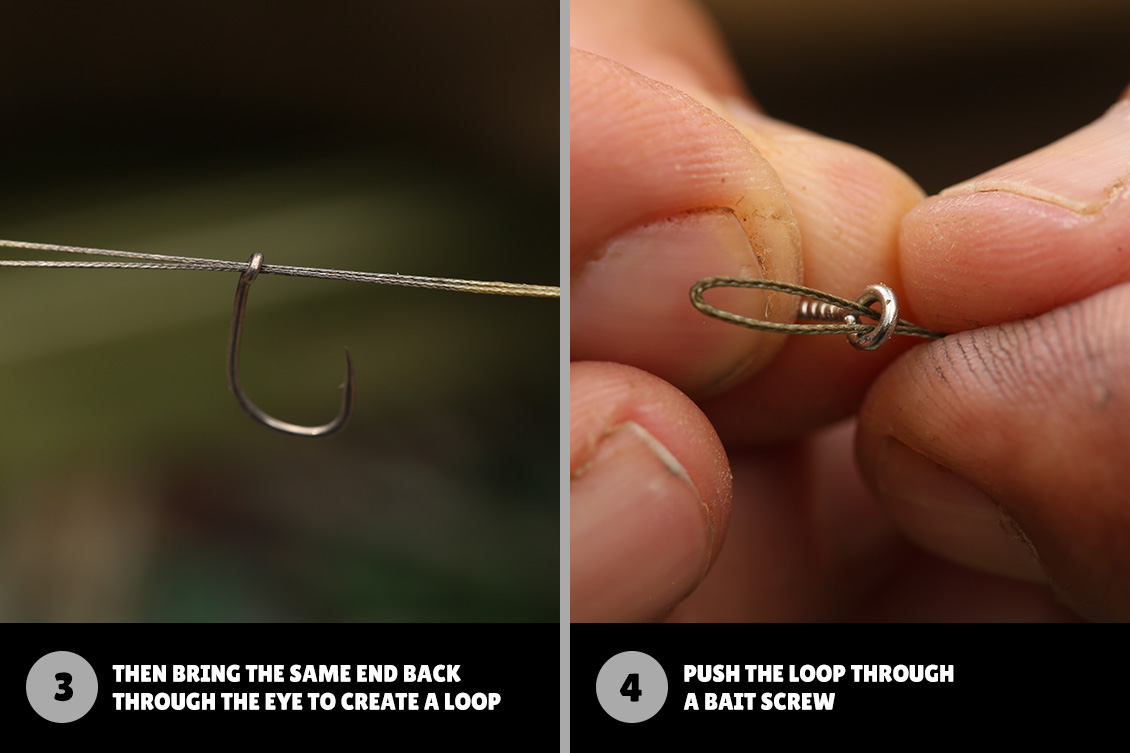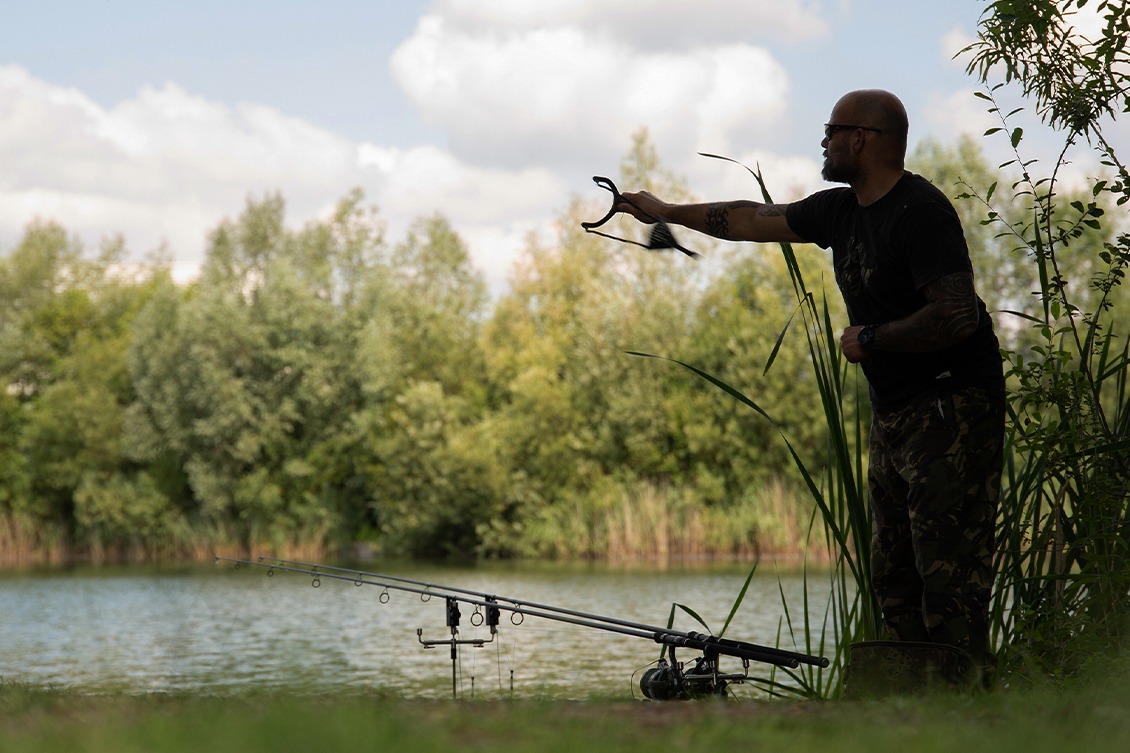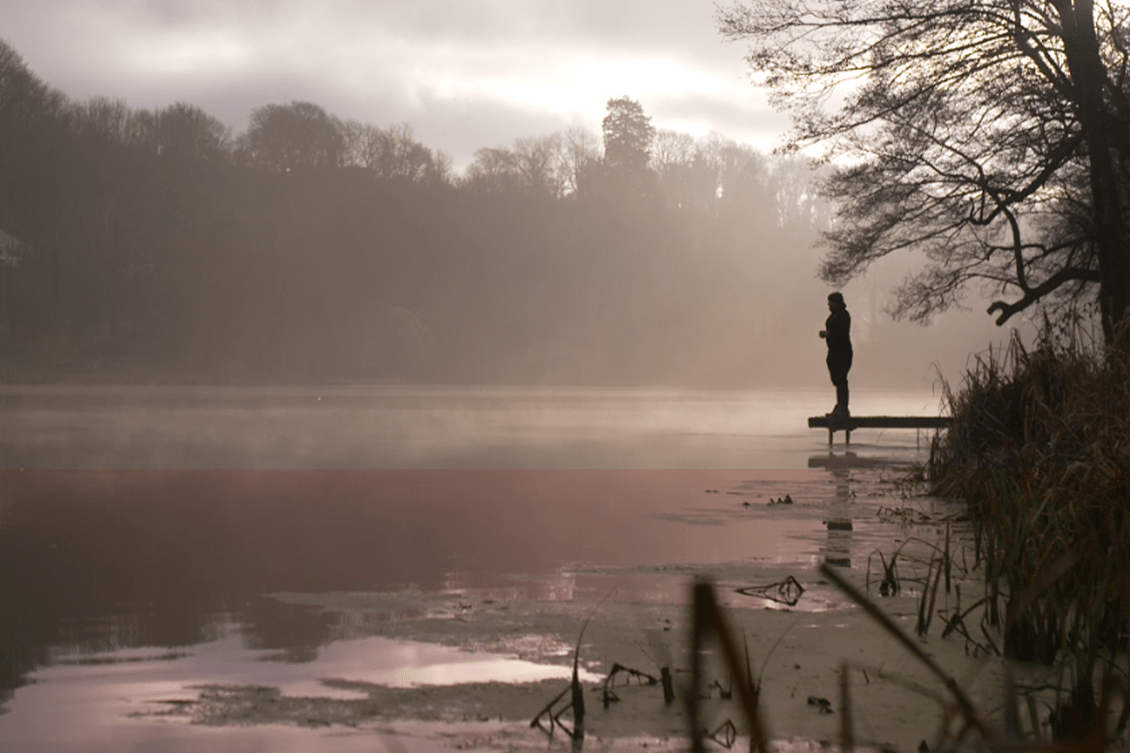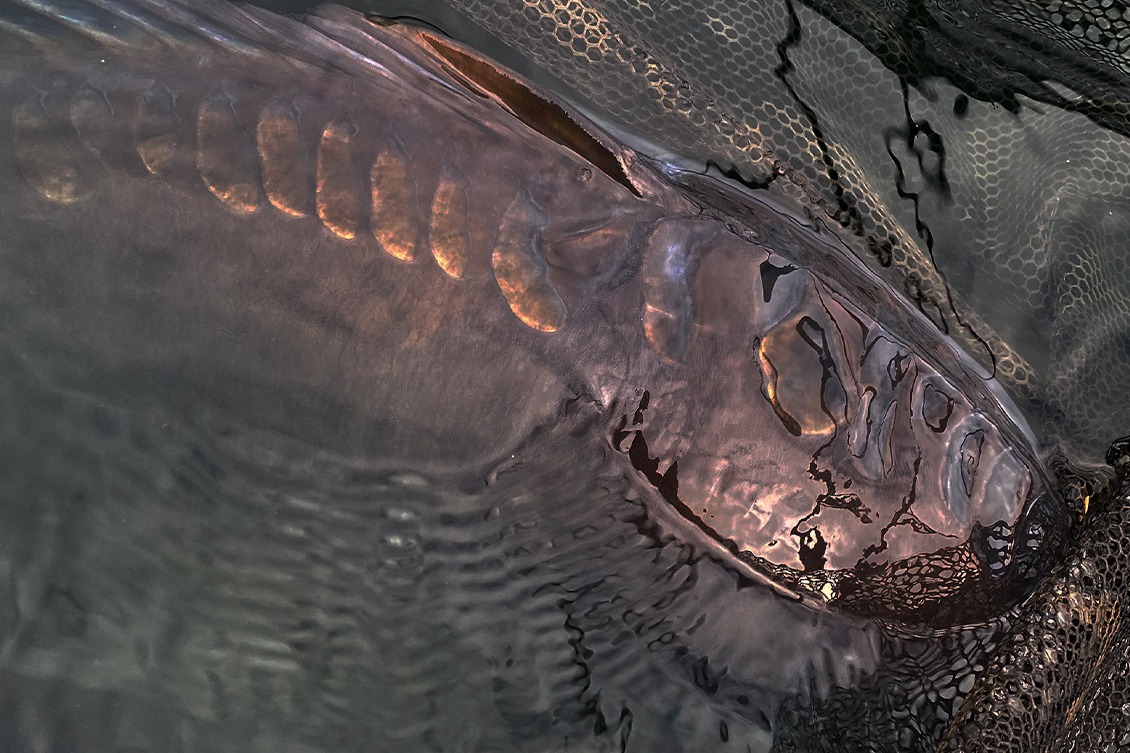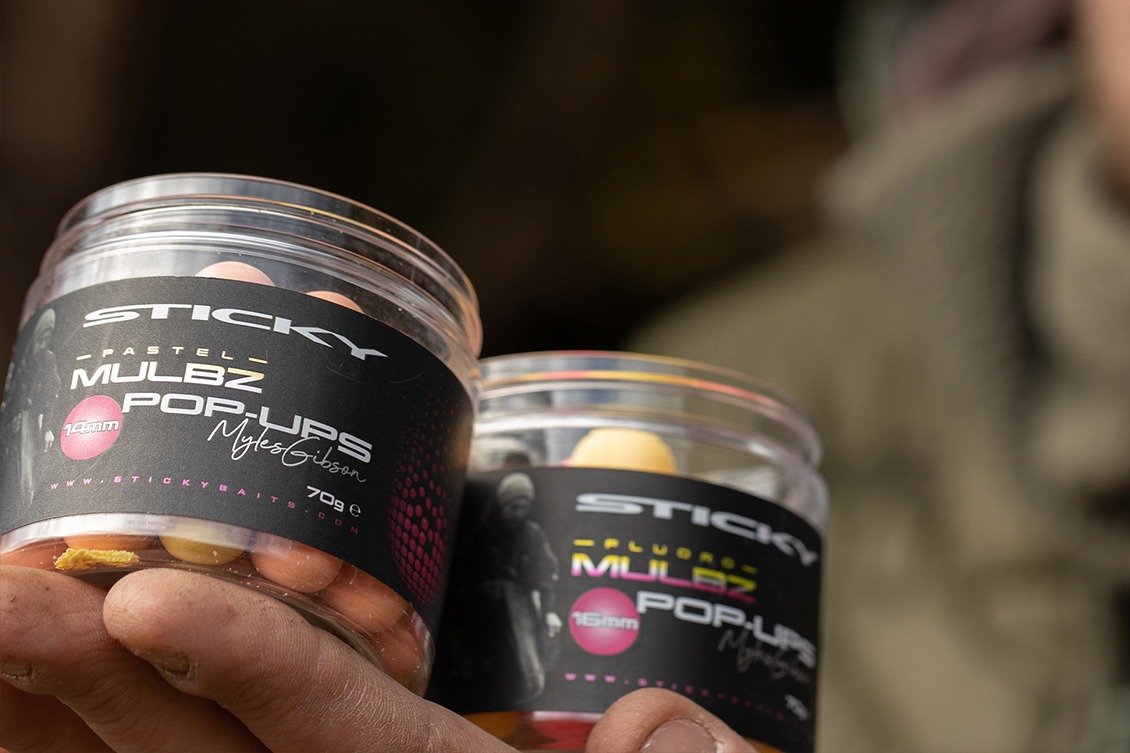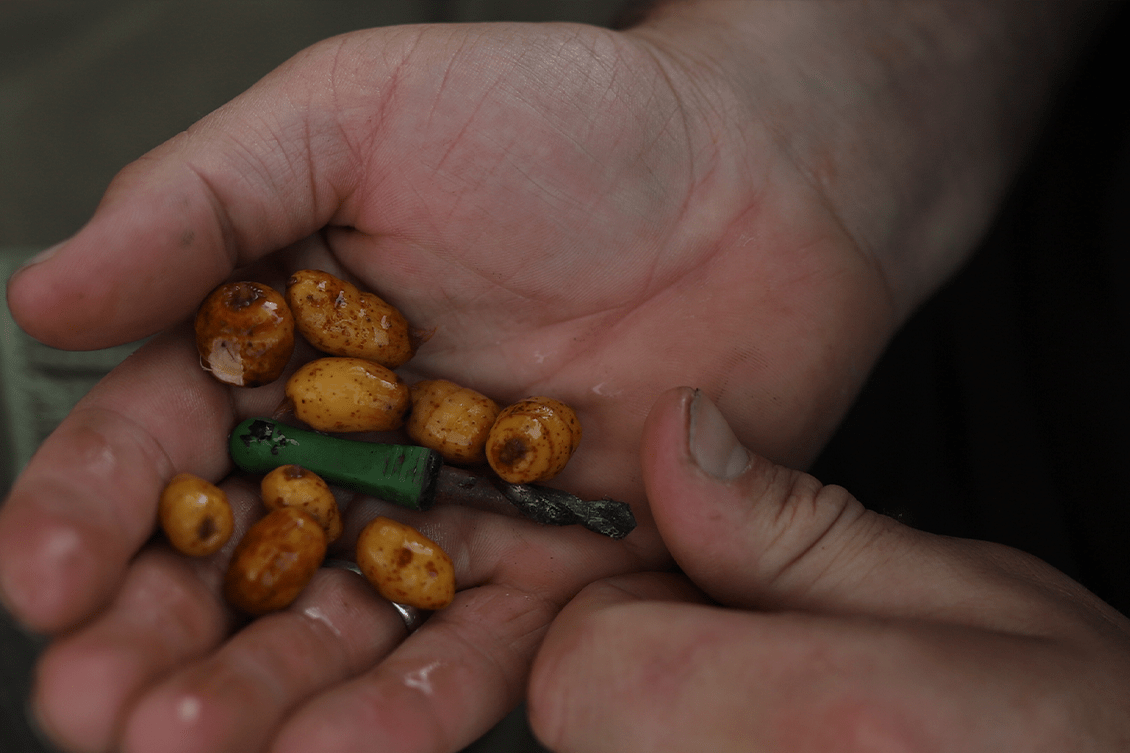
Steve Cliff is an incredibly consistent catcher of carp, and no matter where he goes, he always finds a way to capture an obscene amount of fish. Most recently, on Linear Fisheries he found a certain tactic to be truly devastating.
My way of fishing has been pretty much the same for the last 20 or so years. For as long as I can remember, I have been a weekend angler, and my tactics have been fine-tuned to give me the best chance of catching in the small window that I have. Once I have picked the swim I want to fish, I spend quite a bit of time investigating with the marker float, and when I’ve found what it is that I am looking for, I then put down a bed of spod mix that I know the fish want to eat. For many years my mix consisted of sweetcorn, pellets and hemp, but I have now gone down the boilie route.
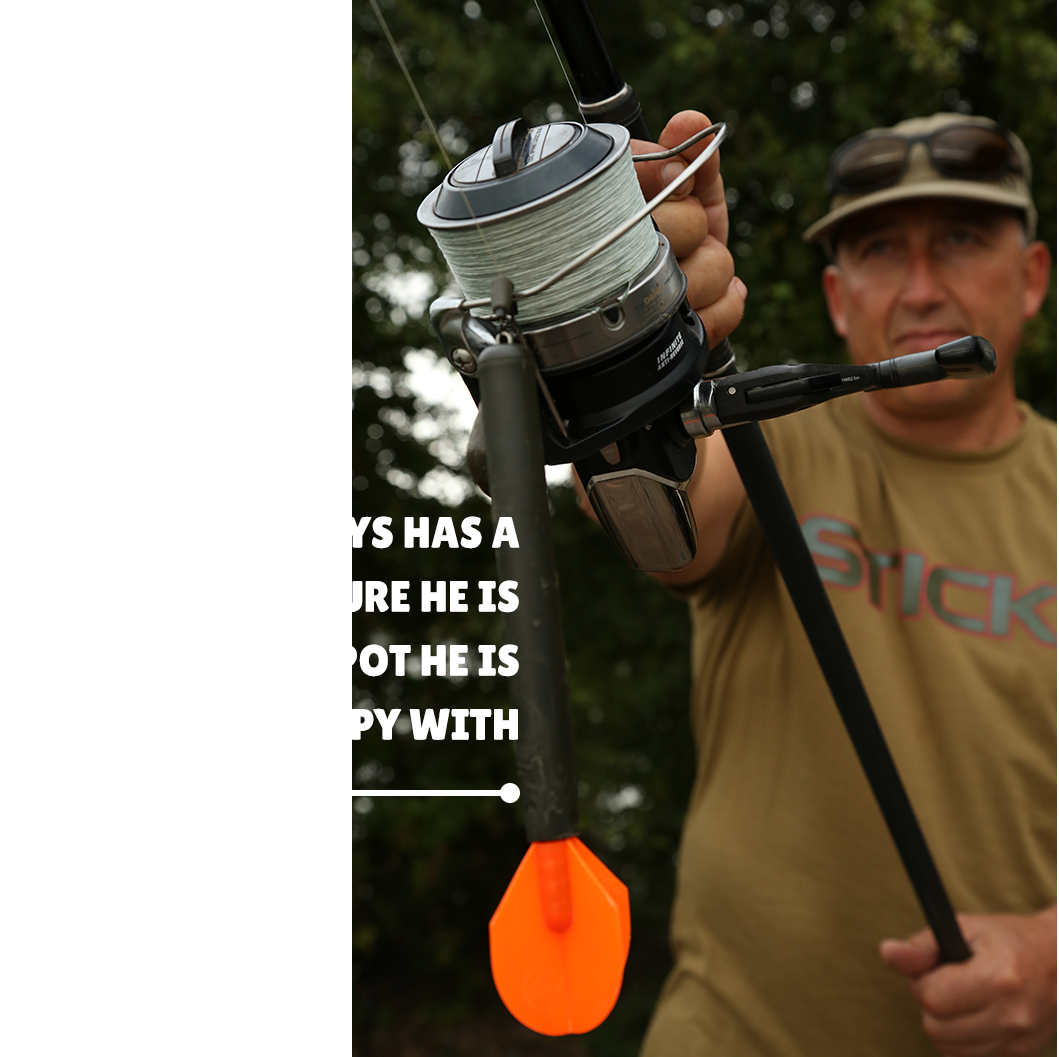

I still add some hemp and pellets to my initial spod mix to help fire up the spot, but once I have caught a few fish, I reduce the smaller items and introduce more boilies. Using The Krill has worked incredibly well for me, particularly this year. As soon as I began to use more boilies and less corn, I played around with bright hookbaits over the top of the spot. I don’t know why, maybe it was because I hadn’t gained the confidence that I needed to put a matching bait on the end. Having a small bright hookbait over a bed of bait was going to get a quicker bite; it makes sense, and I didn’t struggle to catch fish.
“I SPEND TIME INVESTIGATING WITH THE MARKER FLOAT AND WHEN I’VE FOUND WHAT IT IS THAT I AM LOOKING FOR I THEN PUT DOWN A BED OF SPOD MIX THAT I KNOW THE FISH WANT TO EAT.”
THREE RODS ON A SPOT – A BRILLIANT WAY OF FINDING OUT WHAT IS WORKING BEST ON THE DAY
On a recent session on Linear Fisheries’ Hardwick Lake, I caught plenty of fish, but was running out of my preferred pink and white hookbaits. I had no choice but to go for matching hookbaits to the freebies I was putting out. The spot was rocking and I thought it would slow the bites down, although it perhaps would help me catch the slightly larger and more wary fish. What happened next was incredible, and a real eye-opener. My theory about the bigger fish was true
but instead of the bites slowing down, the action became more frantic. I couldn’t believe it. My rig was sitting as inconspicuous as you like and looked like a normal freebie, yet they were hitting it straight away. It made me think about how much free bait these fish were getting away with. They were obviously smashing the boilies, and with three little bits of colour out there, the half-intelligent ones were grazing on a free meal as the stockies hung themselves on my brights.
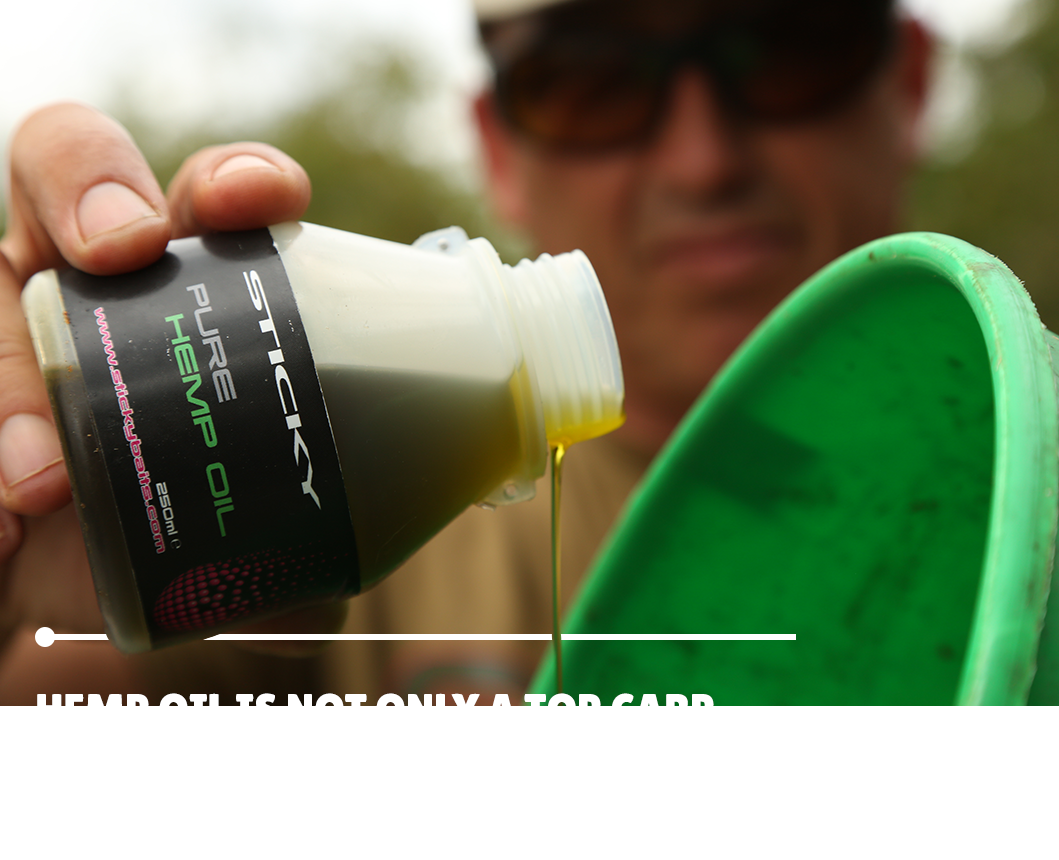
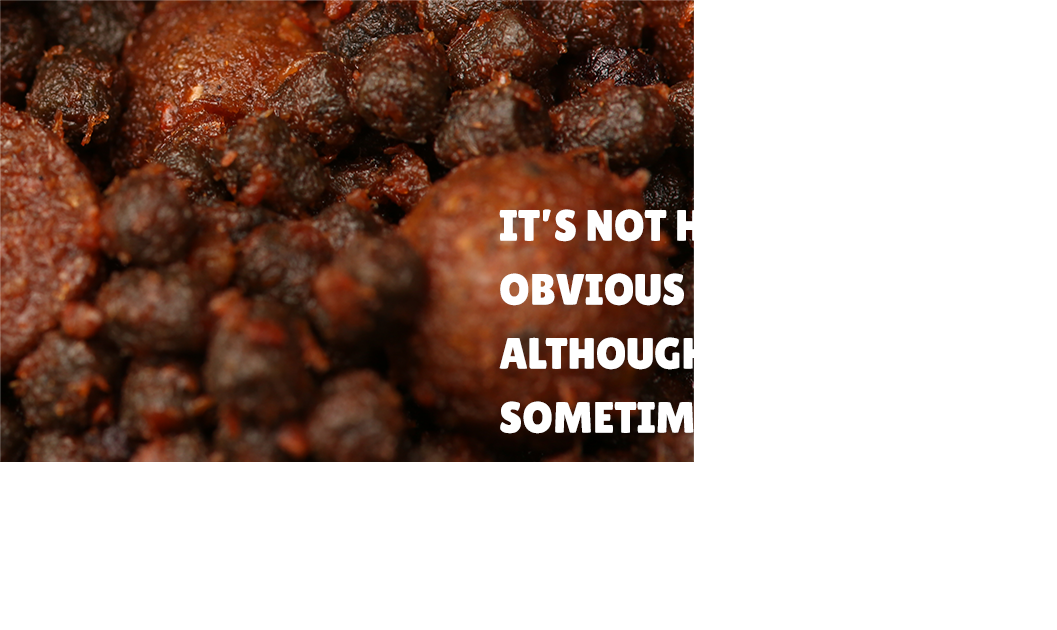
On lakes such as Linear, which see an awful lot of pressure, the carp see so many bright hookbaits, especially in the spring, and I don’t think you see many people use anything different. These fish must get used to seeing them, especially if they have been caught on them a couple of times.
I am always thinking about my spot. I tailor my mix to allow me to get visual signs, and bleeds from the fish should they be feeding. Hemp oil is something I have used since I can remember, and this addition not only enhances the bait, it also sends a nice little slick over the top of the spot should you get a visit. For me, it is the best carp-attractor liquid around. It goes in my spod mix and I also add it to my boilies, as well as coating the pellets that go in the PVA. I want the Bloodworm pellets to be glistening in oil, and then I add some Krill powder to create a little stick. As I have mentioned already, it isn’t just about the attraction, it is the telltale signs that fish are feeding when there is oil on the bottom.
The biggest dilemma is knowing when to rebait; it’s the key to a good session or a bad one. If you get a bite on a white pop-up, should you rebait? Was it the first or the last bait to be taken? You really don’t know, but with a matching hookbait, you know that the chance of them taking yours first is quite slim, so a rebait after a fish is necessary.

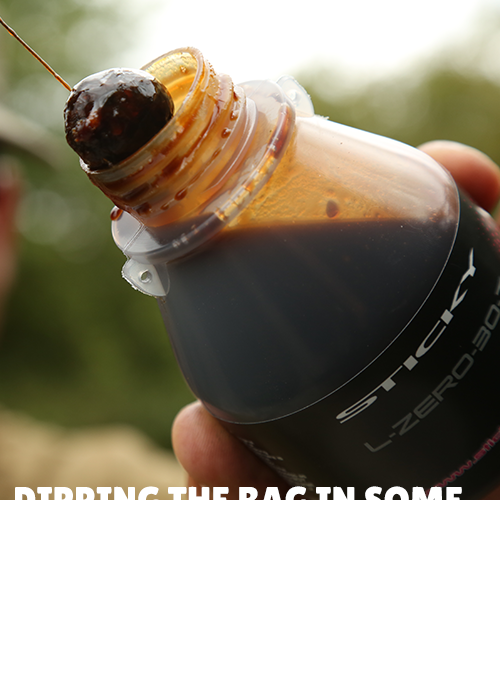

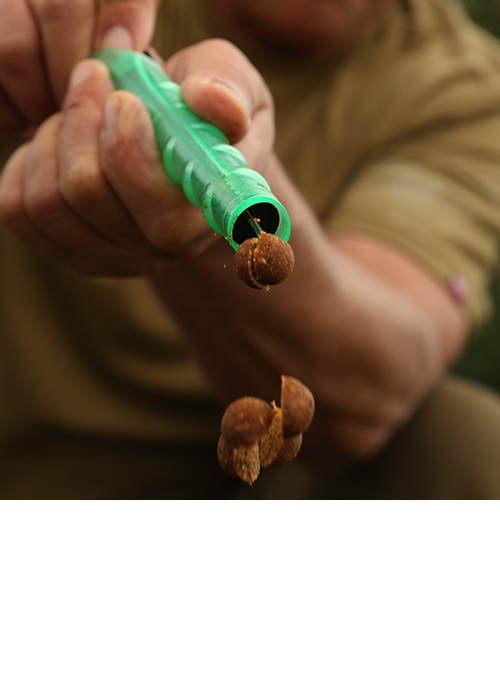
I still wanted to try to get a bite as quickly as possible, but didn’t, and couldn’t, add colour to help me do so. To help pull the fish down to my hookbait, I had some spare rigs already baited, along with a small mesh bag of pellets hanging in some L-Zero 30-T. These were glugged up, and I don’t know whether it was the sheer volume of fish on me, or that they loved that liquid, but I had some fish take it out my hands. When you can create a feeding situation like this, I really think that putting a natural-coloured hookbait or something more inconspicuous will get you more bites, and bigger fish too. The rig I use is one which has come to light in recent years. With the spod mix I was using, I wanted to be able to present something that incorporated half a 16mm Krill boilie.
Most of the spod mix consisted of 16mm Krill boilies which had gone through the cutter device. For a long time I have been using 16mm and 12mm boilies in the mix, in order to get the fish to use different efforts to pick up the baits, and then one day, I just decided to use whole and halved 16mm baits to save me from having to carry round two sizes all the time. This allows me to use either a whole or half a boilie on the Hair. The rig itself is known as the Slip-D, and I can make it do anything I want it to do. I favour using it with a small PVA bag of pellets threaded down the hooklink, but by adjusting the amount of turns on the shank, I can make it into a single hookbait rig which won’t tangle.
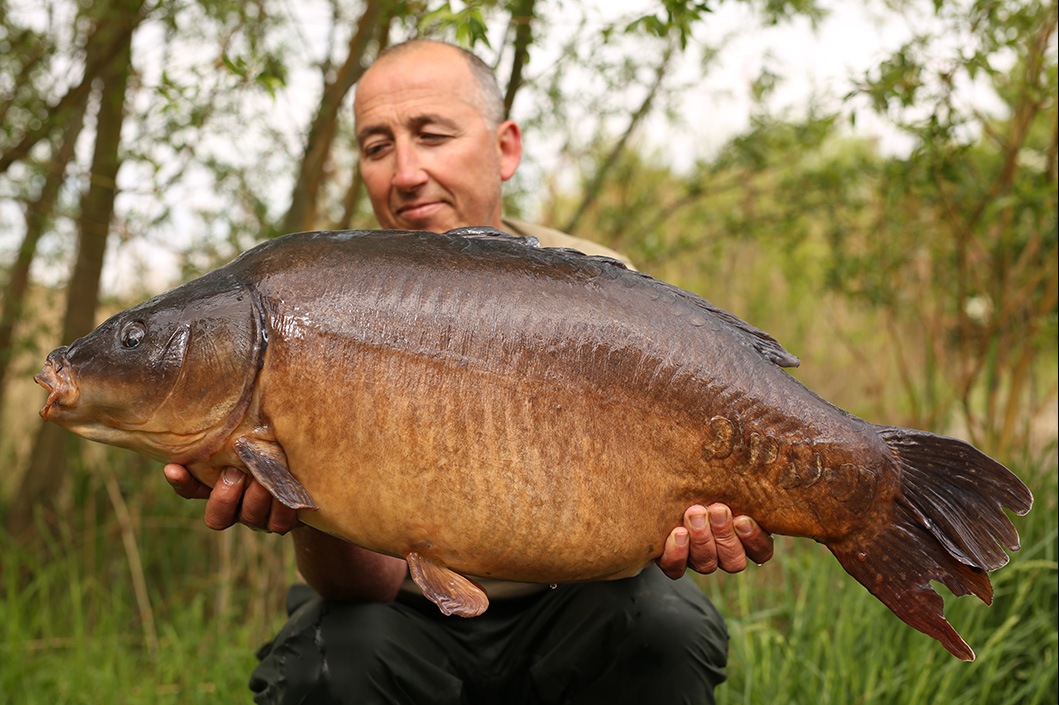
“Old carp can become very wise and wary of bright baits.”

I have described it before as my little Swiss Army Rig. From fishing Elstow for years, I know that those fish are as crafty as you like, and have been caught hundreds of times on top of the bars. I needed something that is almost invisible and hard for the fish to pick out. It is used in conjunction with a bait screw on the actual D. What that does is firstly make the bait tight to the hook without having to play around with Hairs. Secondly, it adds weight to the rig, so when a pop-up is screwed on, it sinks slowly with the weight of the hook and the screw. It is like a little parachute, as long as you trim down the pop-up so that it slowly sinks. The hookbait sits above the hook, with the actual hook sitting ready locked and loaded for when a fish picks it up. When you look at it in the edge, it is hard to actually pick out which is the hookbait, and that is what I want.

